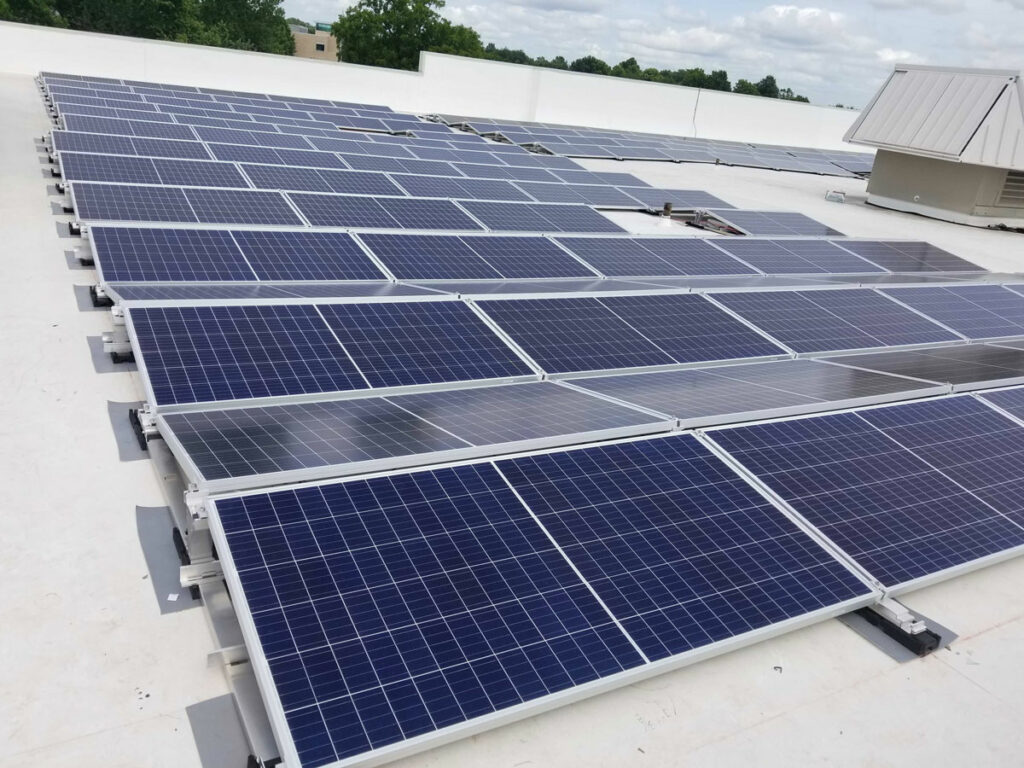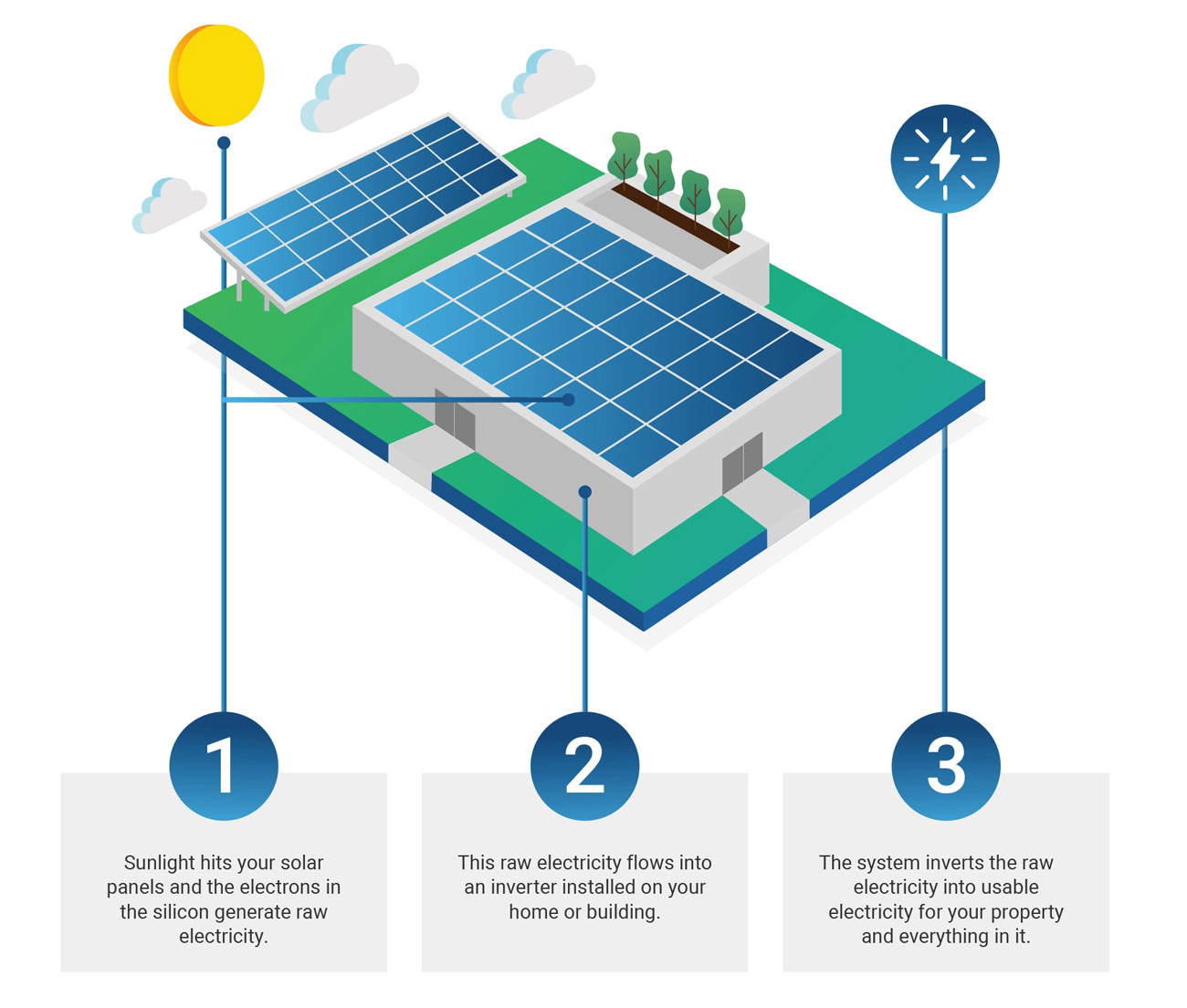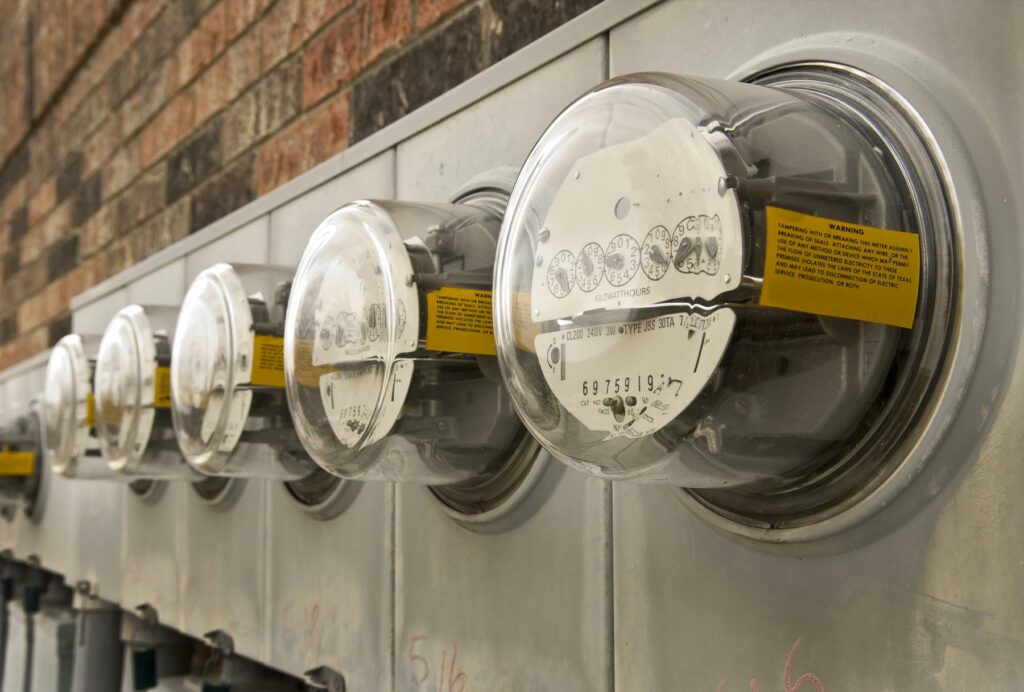How it Works
How Does Solar Energy Work to Produce Electricity?
Creating electricity with solar may seem like magic, but it’s actually a very precise and fascinating science. Let’s break down how solar energy and solar panels work to produce electricity for your property.

How does solar energy work?
The sun is the most abundant and limitless source of energy on the planet (and the solar system, for that matter). In a single hour, it shines enough energy onto the earth to meet the world’s energy needs for an entire year.
With the help of a solar panel system, you can convert those warm beams of sunshine into clean energy for your property, savings on your utilities and a curb to the damaging effects of climate change.
Request a Free Evaluation
Residential Solar Power & Storage in Kansas City
Solar panels, which are made up of photovoltaic cells containing silicon, harness the power of the sun to produce clean a source of reliable electricity for your home, business or real estate development. It’s (almost) as easy as 1-2-3.

Congrats! You’re now powered by the sun and ready to start saving on your utility bills. (Hooray!)

Net metering: Balancing your solar electricity usage
If your solar panels overproduce (such as during the summertime), net metering allows you to send that excess energy back to the grid. You’ll then receive credits on your electricity bill from the utility company.
Then, during times when you’re not generating enough electricity (i.e. at night, on a really cloudy day or during the winter when you’re using more energy), net metering allows you to use those credits to draw power from the grid.
